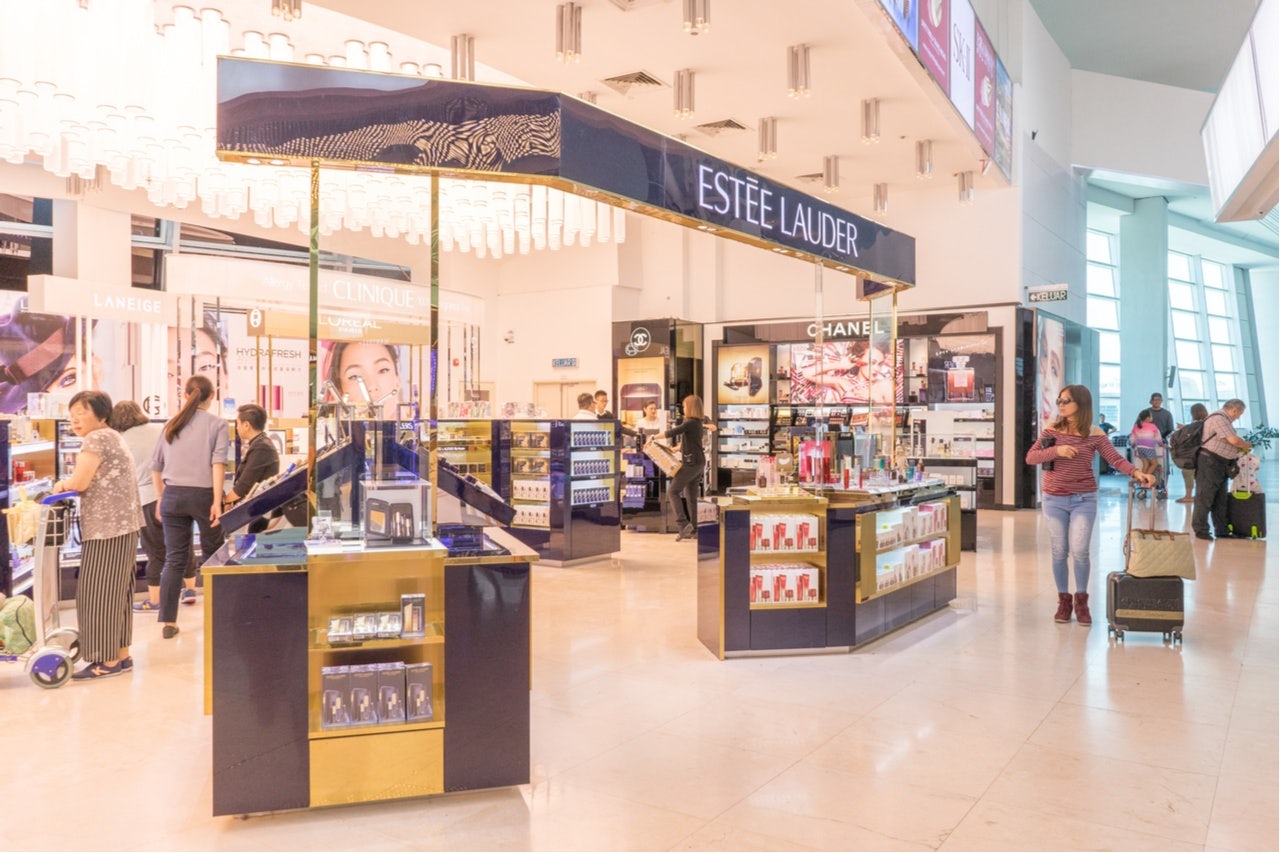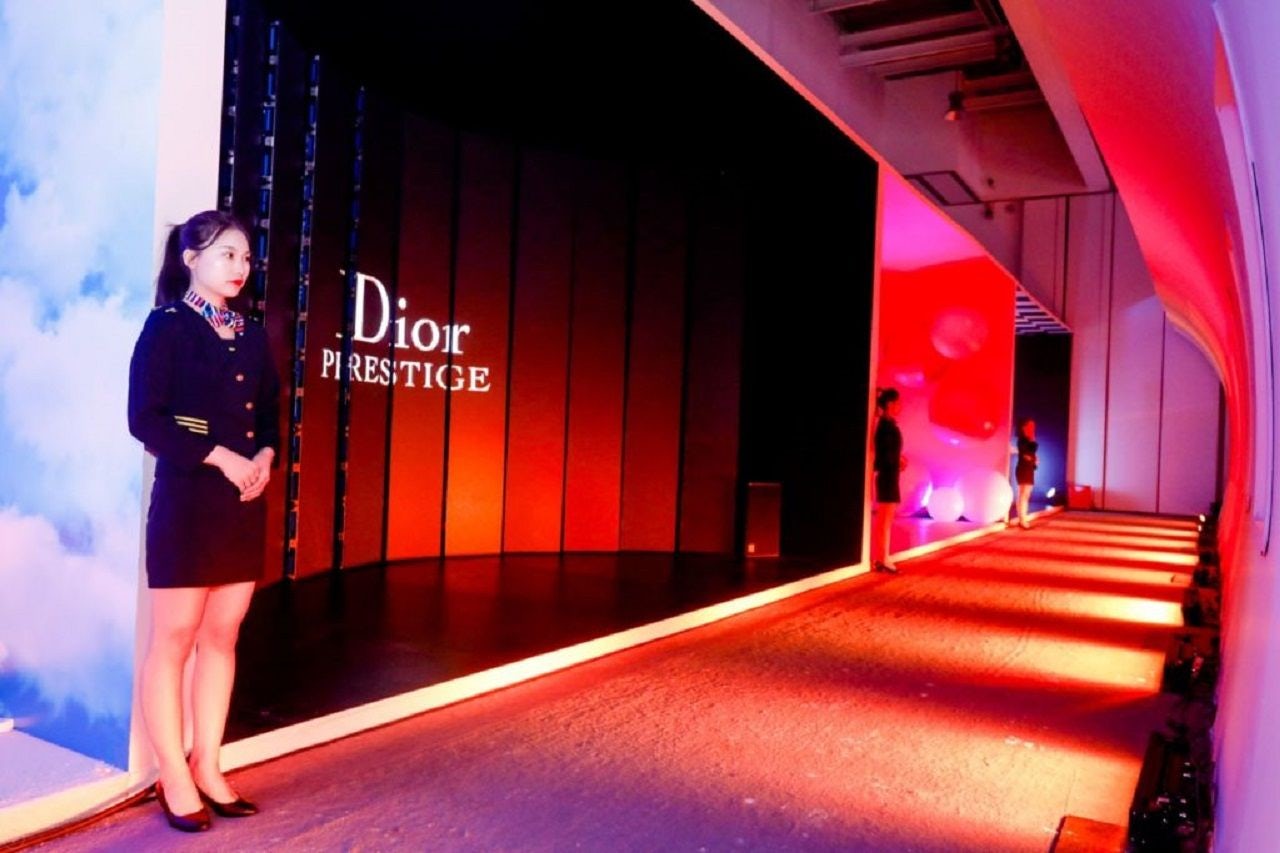Global luxury brands wishing to firm up their retail presence in China should look no further than the country’s booming travel retail sector. Investment bank Morgan Stanley notes that China’s duty-free market, in particular, the downtown duty-free segment, which is currently expanding on the Chinese government’s policy support, will bring disruption to the global luxury retail landscape.
Double-digit growth#
According to their report “China’s Coming Duty-Free Disruption” published by the bank’s analysts Hildy Ling and Edouard Aubin on June 15, China’s duty-free market is slated to grow at a staggering annual rate of 22 percent in sales, reaching US24 billion by 2025. This is much higher than the three percent annual rate for Chinese overseas luxury spending projected by Bain & Co. China’s duty-free sales, as a percentage of Chinese luxury wallet share, will also grow to 13 percent by 2025 from the current six percent, it states.
Meanwhile, China’s duty-free market is still largely underdeveloped despite consumers fondness for buying premiums goods at duty-free stores. Morgan Stanley’s statistics indicate China represents just eight percent of the global duty-free market, but its consumers accounted for a third of global duty-free sales in 2018.
In recent quarters, many luxury brands have come to realize the untapped power of China’s travel retail sector. In a recent interview with Jing Daily, Moncler’s global CEO Remo Ruffini said “I feel that travel retail — shops in airports — will become a bigger part of our retail in China. We’re currently planning to develop more of these in the next couple of years.” Even the upscale jewelry & watches brand Tiffany & Co. that never sells discounted goods does not rule out the possibility of opening stores in Chinese airports: “if it evolves into a luxury shopping environment, it’s something we will consider for,” said the brand CEO Alessandro Bogliolo.
Downtown duty-free to roar#
Morgan Stanley, however, notes the potential of China’s duty-free market goes far beyond the airport duty-free, which is the current focus of many brands. The bank expects sales of downtown outlets (including Hainan Island) to experience a nearly sevenfold increase by 2025, rising from US1.6 billion in 2018 to US11 billion — disrupting overseas retailers and players at domestic airports. It also forecasts downtown duty-free will account for 46 percent of China’s DF market share by 2025, up from 25 percent currently.
“This will mainly be driven by capacity expansion, including the Haikou mega mall in 2023, accelerating a demand shift away from onshore/overseas retail markets. We also expect China to open up the downtown duty-free market by allowing Chinese customers returning home from abroad access to such locations, and also by opening stores to outbound Chinese,” said the bank.
As of January 2019, the Chinese government has already raised the personal allowance for duty-free goods for individual buyers from RMB 20,000 (2,910) to RMB 26,000 (3,783). The tax-free limit on single transactions increased 150 percent, to RMB 5,000 (728).
Implications for luxury companies#
For luxury brands that are concerned about compromising their luxury shopping environment at airport stores, the development of China’s downtown duty-free is good news. In theory, downtown duty-free offers better flexibility, service, and more product offerings compared with airport locations. However, for business such as Hong Kong’s luxury retailers and Korean duty-free companies, the rise of China’s duty-free sector is less than good news, as it will take away a growing share of the already shrinking Chinese luxury consumers.

